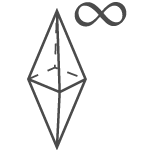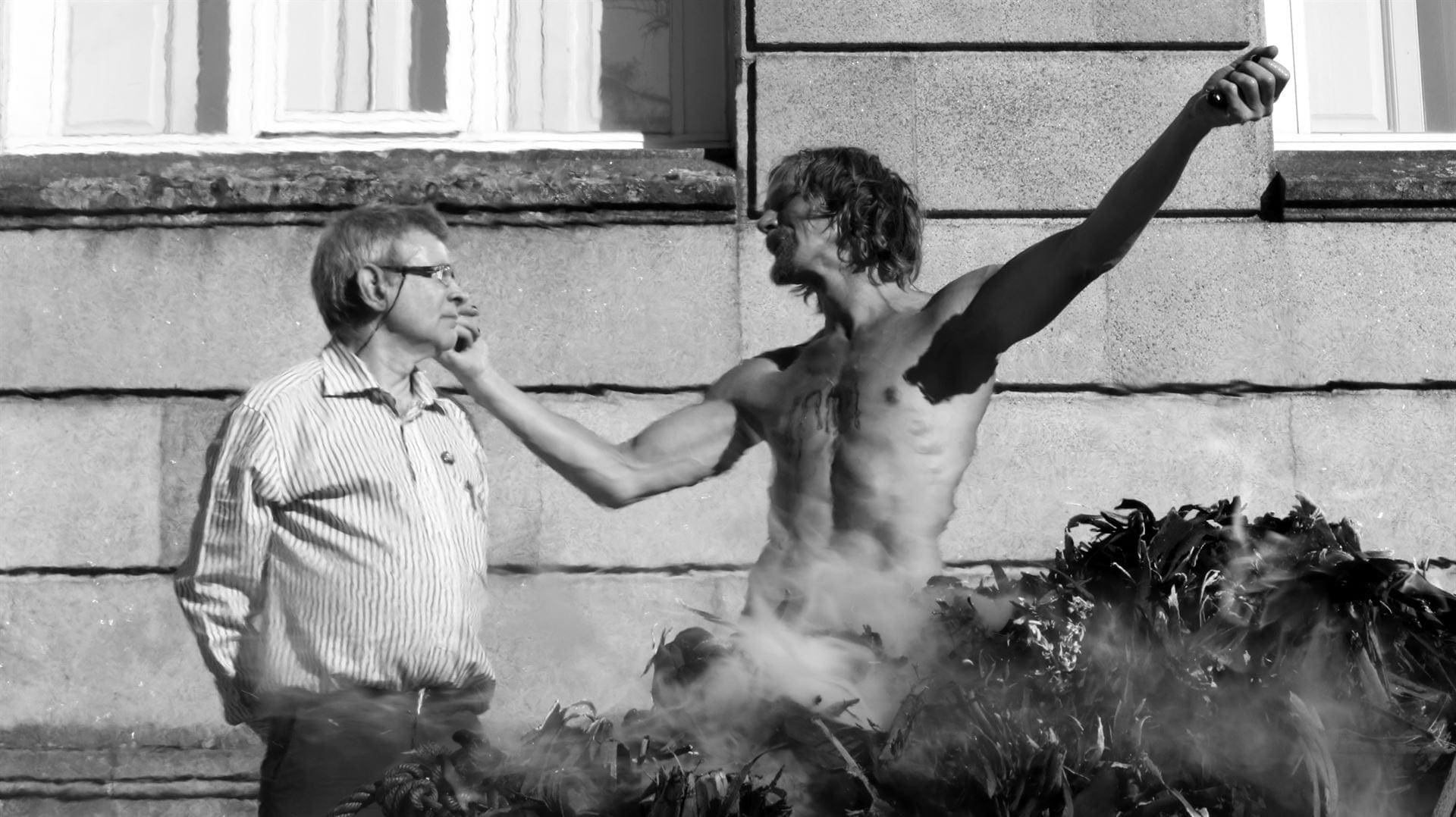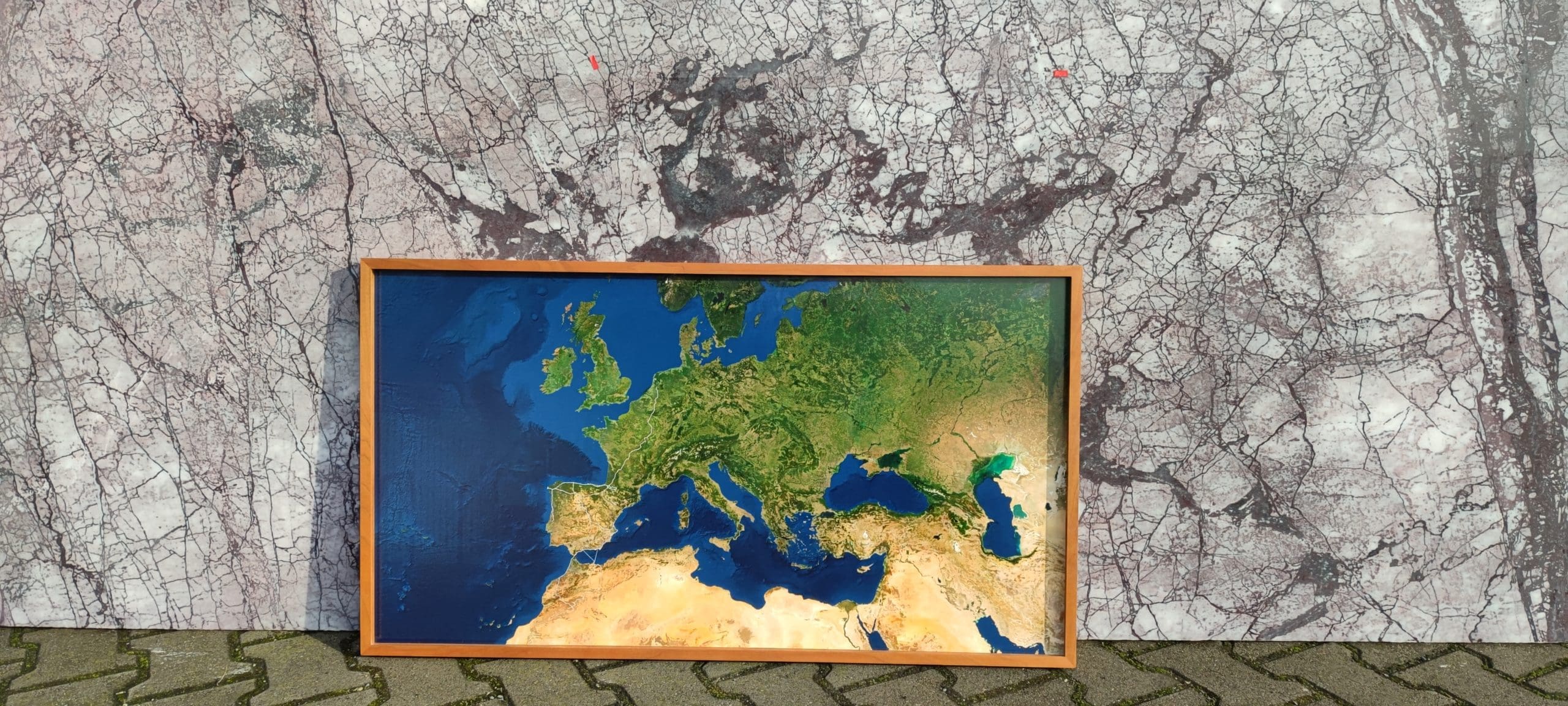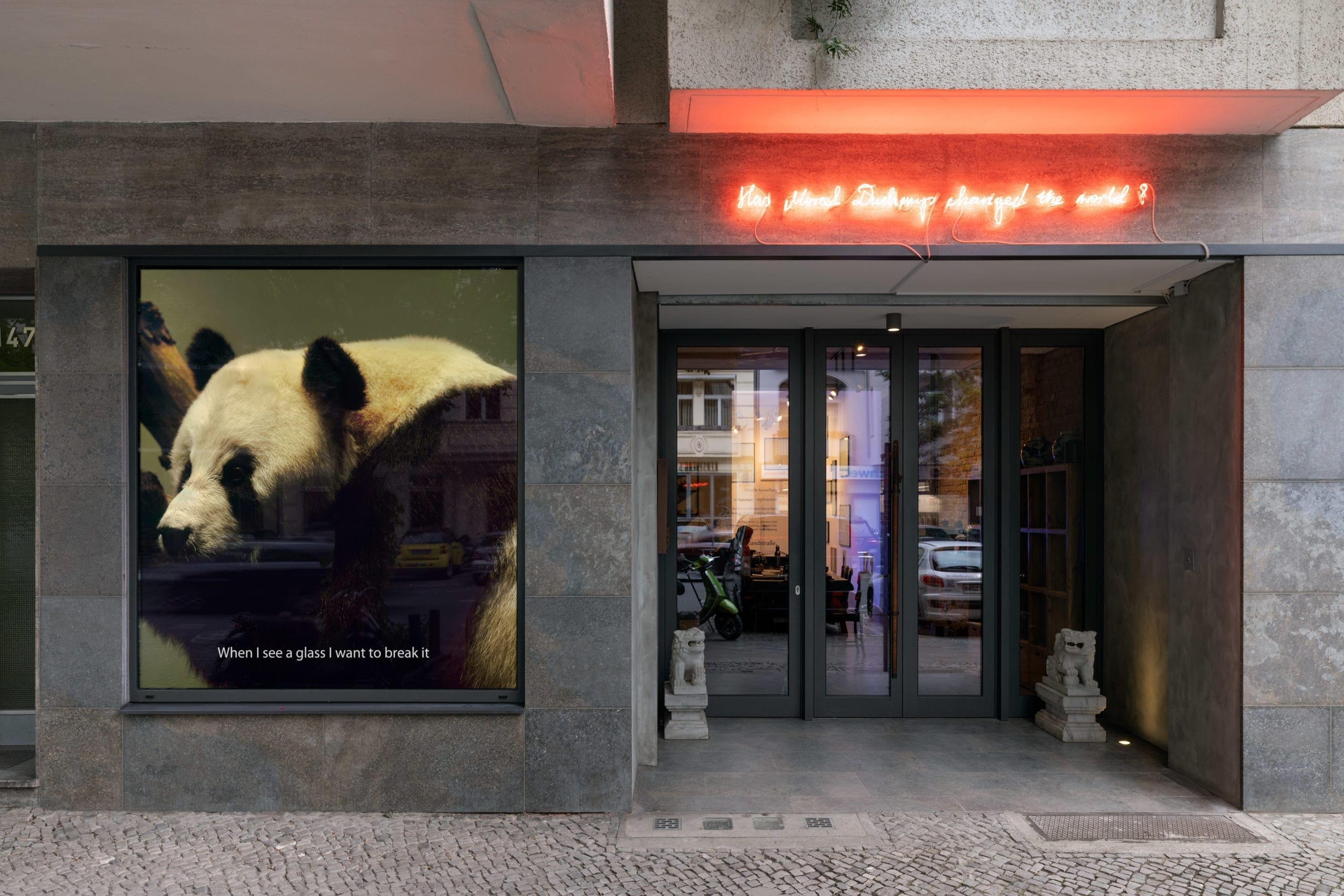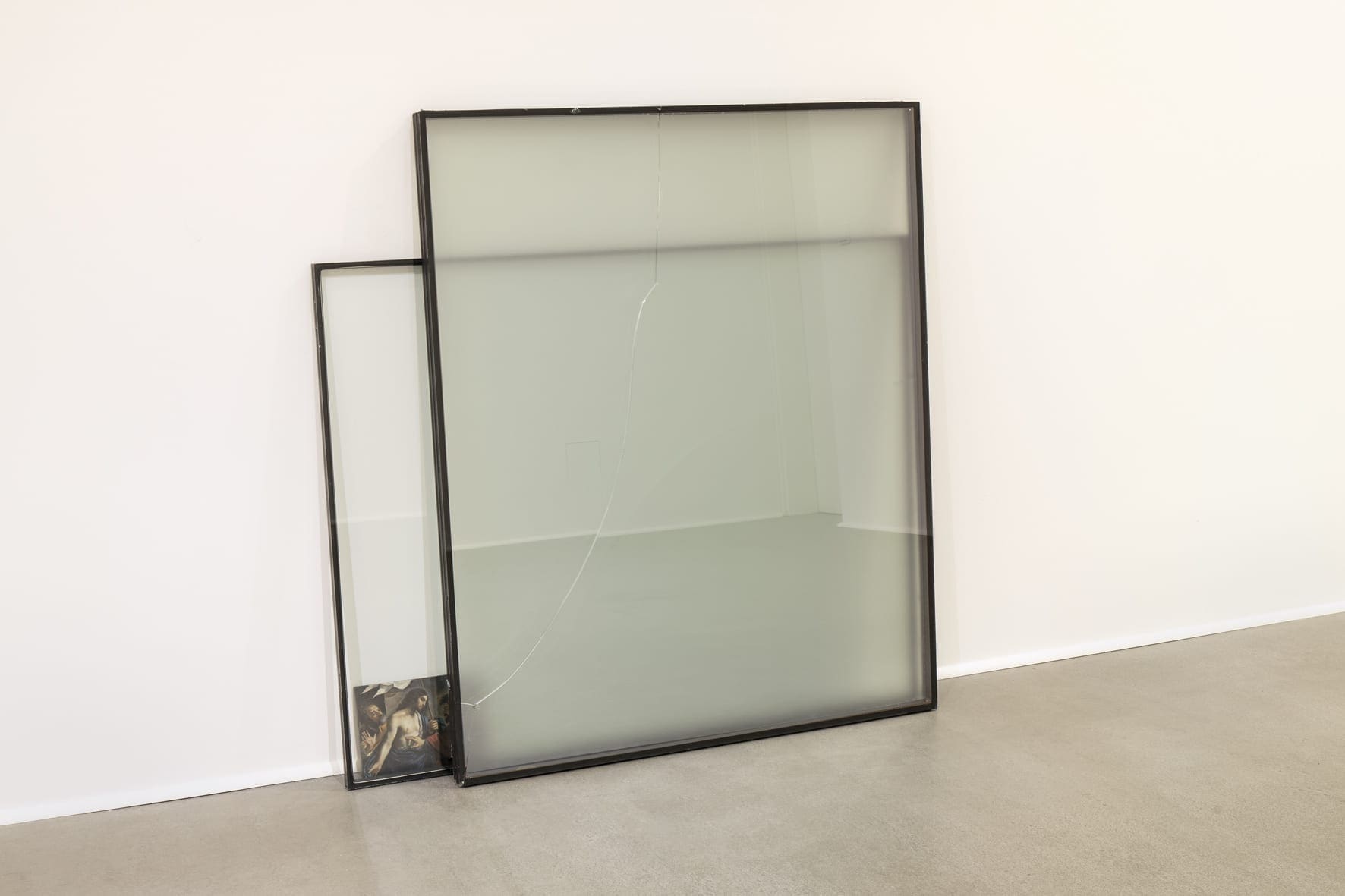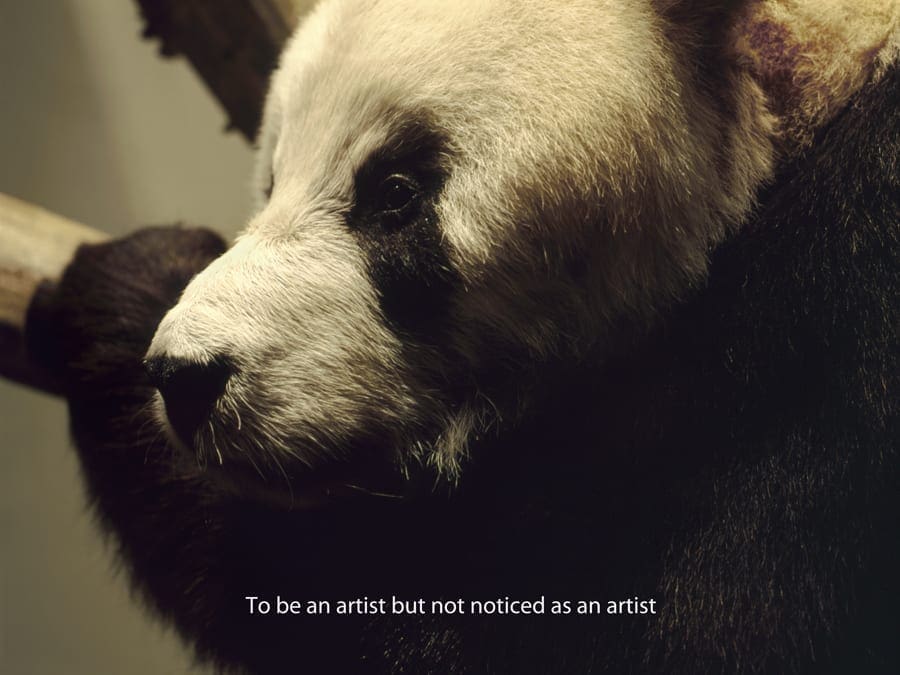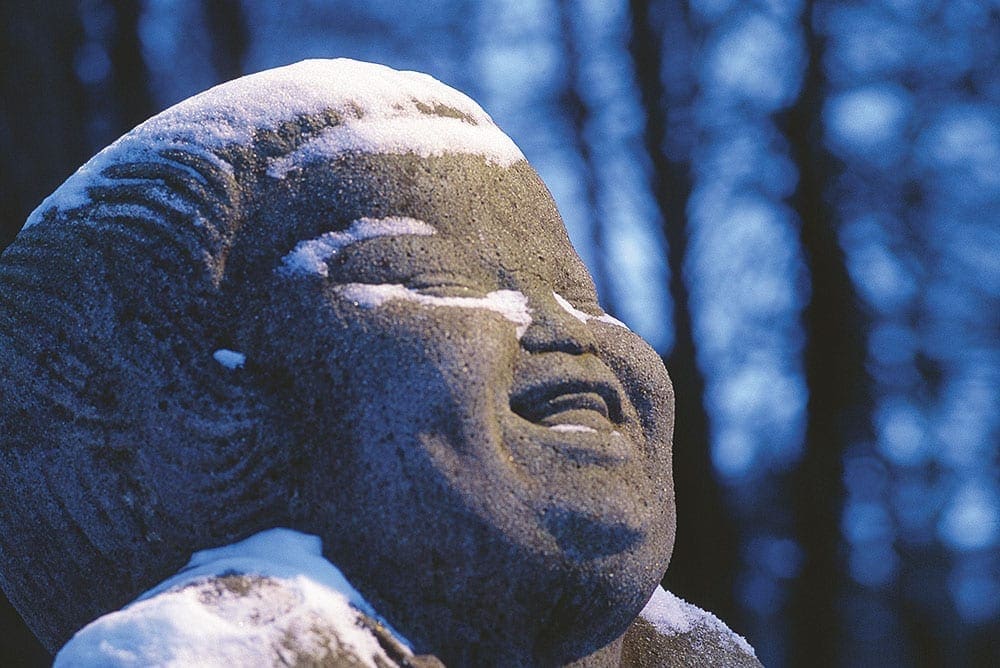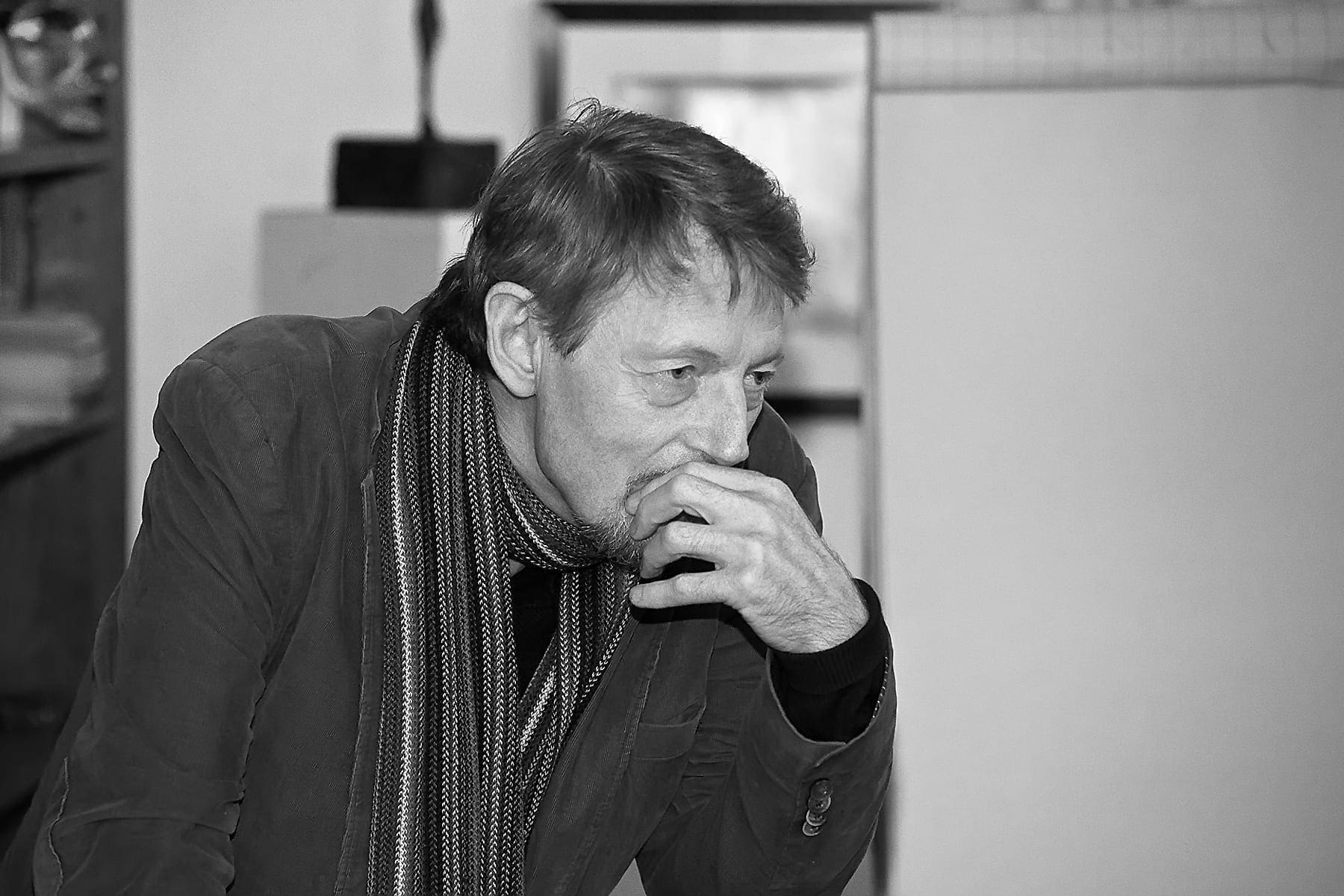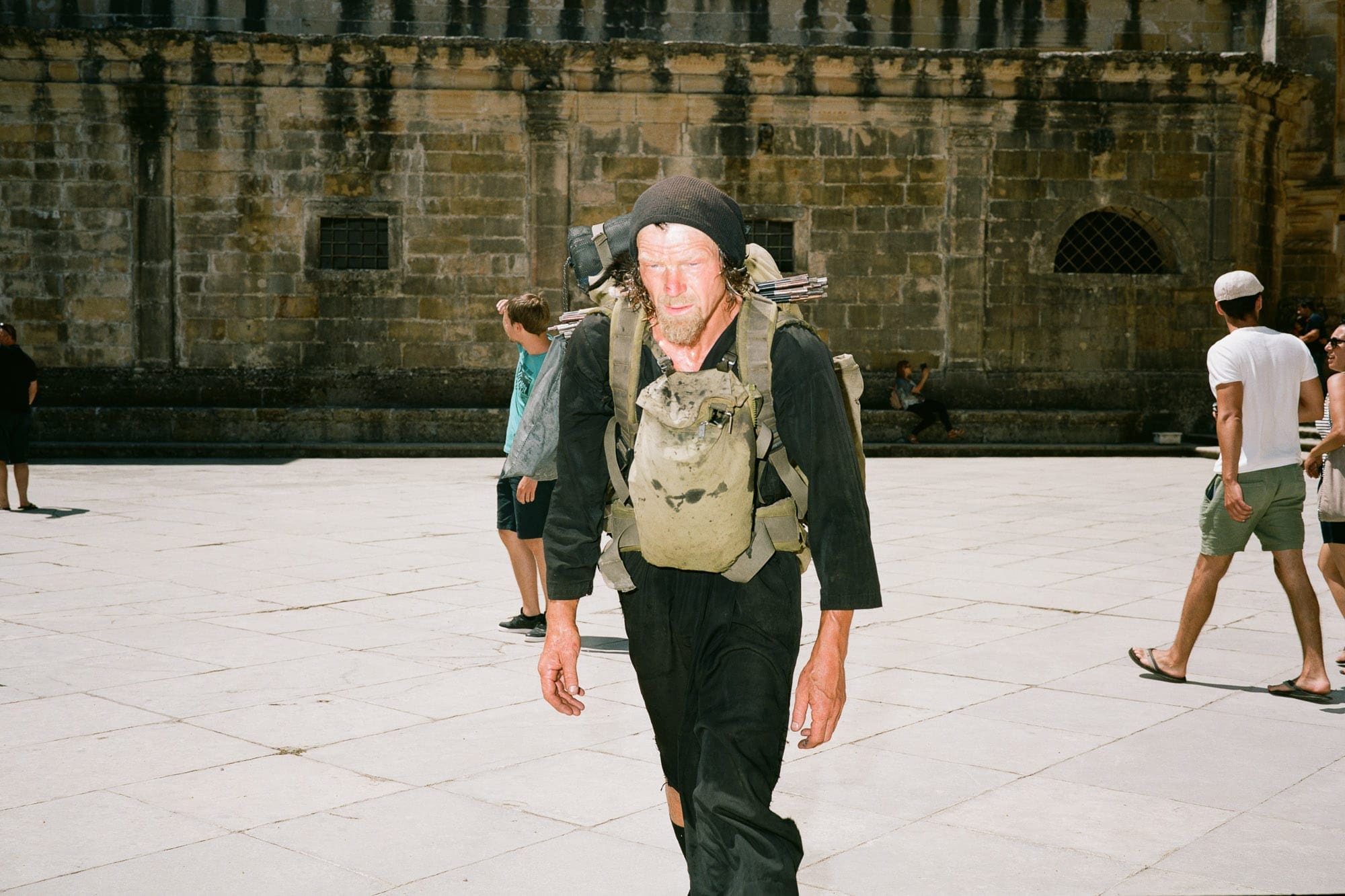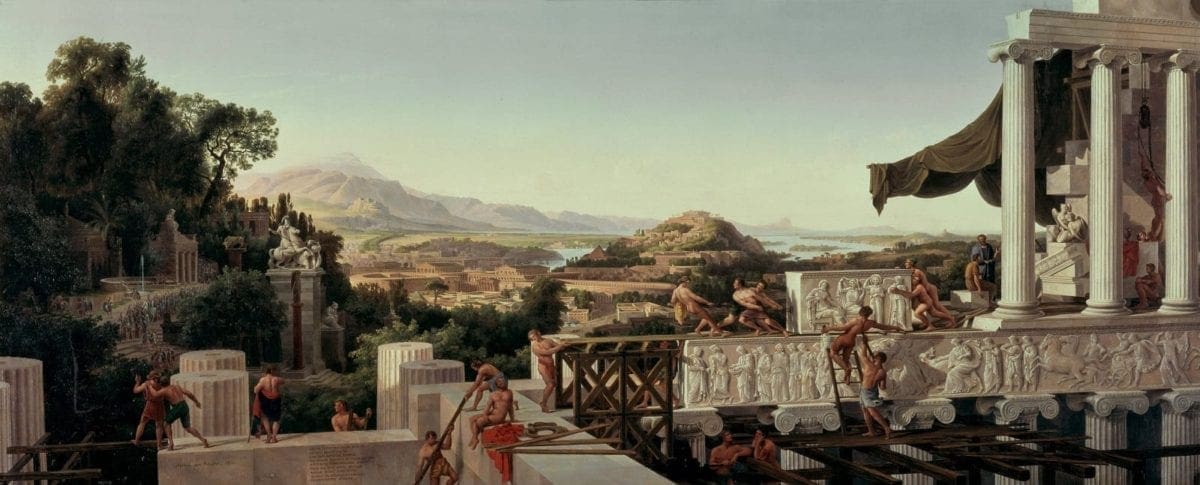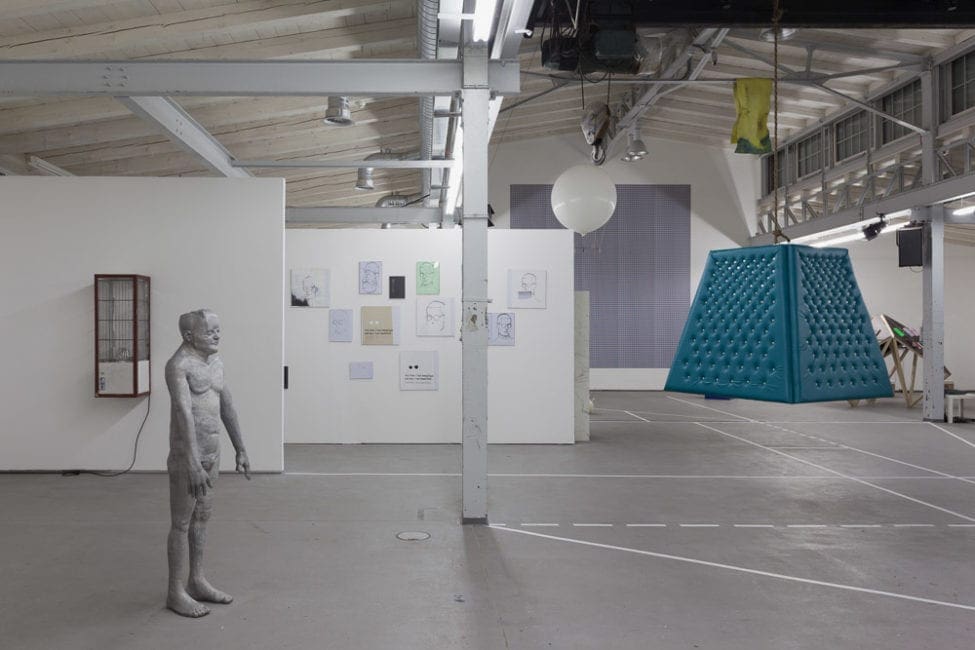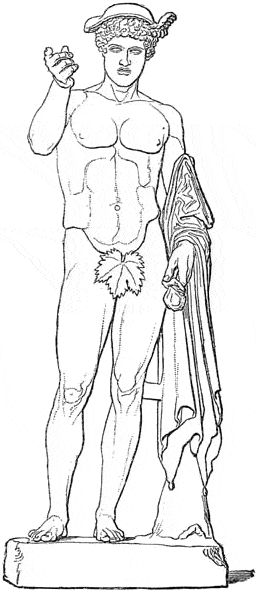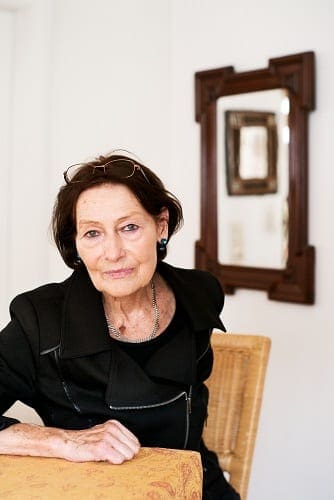News
Exhibition Cycles
By means of the exhibition cycles, Bublitz aims to present longer and interrelated narratives and thematic debates. The guiding principle behind all our work is consistently our aim of conveying to our audience a deeper understanding of the various connections between history/the past and the present. This happens by analysing, presenting and vivisectioning the zeitgeist based on historical experience – in the form of exhibitions with art and historical-cultural objects.
By means of a broad spectrum of differing approaches, each addressing a different audience, plus the merger of various formats of exhibitions as mediums of communication, a panorama of current potential for curating and displaying arises.
Since 2020
Mυθοποίηση – Mythopoesis
The narrative and analytical investigation of contemporary mythologies (understood as complex poetic narratives that primarily, but not necessarily, react to preceding mythological sign-cosmoses, thus continuing them) is the focus of the exhibition cycle Mυθοποίηση – Mythopoesis. It was launched in February 2020 with the exhibition Tempel auf Zeit [Temporary Temple] at Bublitz Thesaurós. The starting point for the following mythopoetic observations are the works, personalities and -cosmoses of the artist group Thesaurós and the narrative interests of its curator Julian M. H. Schindele.
Since 2018
Elies Miniatures
When El Arbi Bouqdib passed away in March of 2016 in Bremen, Germany, he left many secrets yet to be unveiled. In order to manage and structure his estate, Bublitz founded the El Arbi Bouqdib Archive in 2017. As part of Bublitz Thesaurós, the Archive’s role is to report on and publicize the life and work of the biochemist, mystic, Qur’an researcher and poet.
In the summer of 2018, a new format and exhibition cycle premiered: Elies Miniatures. Based on the compositions of the classical Persian musician Elshan Ghasimi, the exhibition cycle interweaves classical music with various artistic genres and the divergent work of several authors.
Since 2015
MNEMOSYNE. In Search for the European Identity.
Mnemosyne is the name of the Greek goddess of memory; the words ‘memory’ and meme stem from her. The fundamental premise of this long-term project, planned to cover many years and phases, is the interplay between (personal) identity and (cultural) memory and its exploration by means of different media and arts. The wandering exhibitions and its formats continuously evolve and react to the diverse places and their circumstances.
Since 2015
XENIEN
This object-based exhibition and tale is about the interconnection between (individual) belief/faith, (individual) freedom and (individual) meaning. The readymade, the choice of the frame made by the artist, and since recently also the spectator, are ideas (in a platonic structural sense) one can reflect upon. The relation of belief of the spectator and belief of the artist reveals itself in the middle.
Since 2014
The road leads back and back to the black square
The series The road leads back and back to the black square, curated by the art historians Lukas Töpfer and Julian M. H. Schindele, deals with significant conventions, assumptions, functions and contexts of the institution of 'art'.
At its heart is a reflection on exhibitions and their premises (i.e. the criteria of selection, the creation of value, the building of the canon) as well as a questioning of the curator´s function through exhibitions ‘without works’ that shift the focus from individual objects onto the framework of presentation.
The title of the series is a quote from the British art historian T.J. Clark.
Since 2011
Handlungsbereitschaft
Bublitz first exhibition cycle in 2011 was Handlungsbereitschaft – Skizze einer Generation am Ende der Geschichte. [Readiness to Act – Draft of a Generation at the End of History]. In this series, the sketch and psychogram of the generation born between 1980 and 1990 were designed. This was achieved by means of the works and positions of about 60 artists and guests, as well as by integrating cultural artefacts and a comprehensive dialogue and supporting programme.
